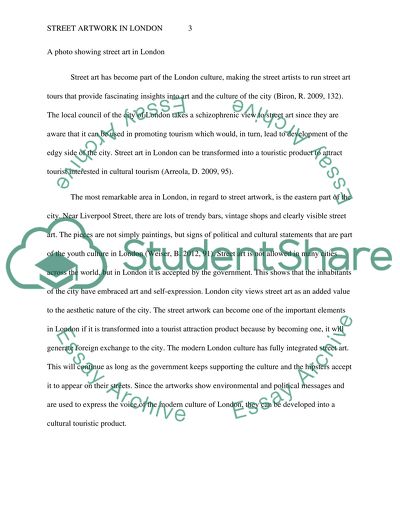Cite this document
(“Report format: create a new cultural tourism product Essay”, n.d.)
Retrieved from https://studentshare.org/tourism/1495355-report-format-create-a-new-cultural-tourism
Retrieved from https://studentshare.org/tourism/1495355-report-format-create-a-new-cultural-tourism
(Report Format: Create a New Cultural Tourism Product Essay)
https://studentshare.org/tourism/1495355-report-format-create-a-new-cultural-tourism.
https://studentshare.org/tourism/1495355-report-format-create-a-new-cultural-tourism.
“Report Format: Create a New Cultural Tourism Product Essay”, n.d. https://studentshare.org/tourism/1495355-report-format-create-a-new-cultural-tourism.


